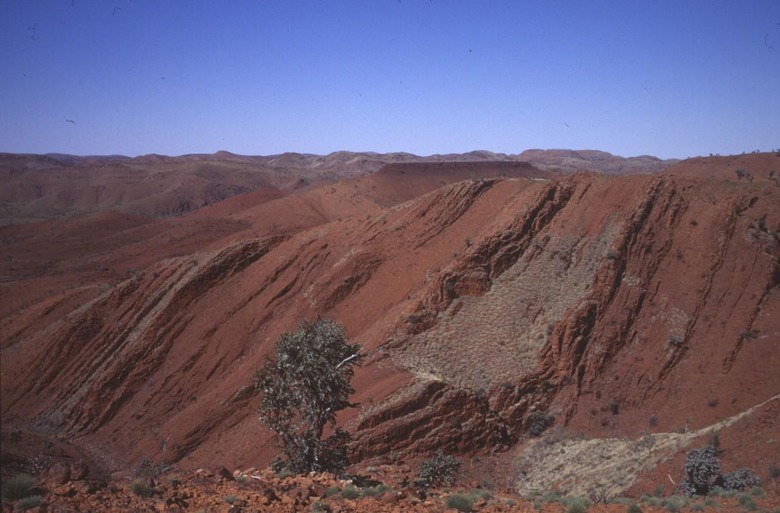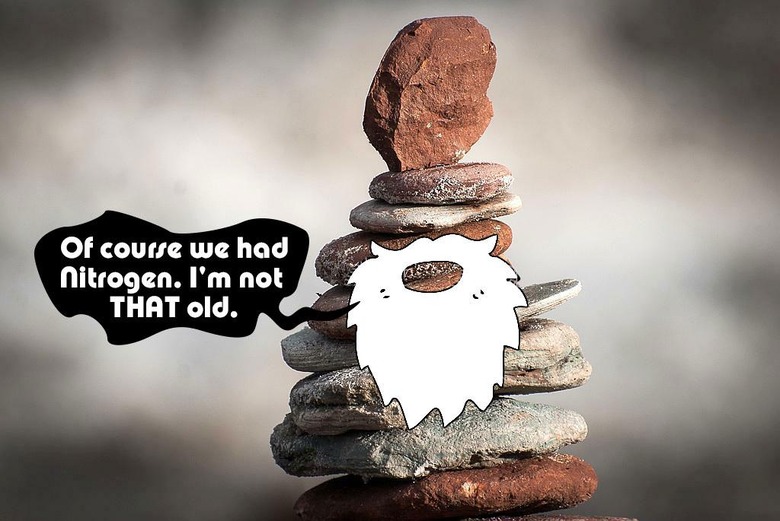Life on Earth may be much older than we thought
Before this week, scientists believed that life as we know it began to appear around 2 billion years ago. In a study done over the past year, a group of scientists have discovered evidence that may extend that time period by a whole extra 1.2 billion years. Based on the oldest samples available – rocks 3.2 billion years old – lead author Eva Stüeken and her team have found what they believe to be enough evidence to suggest that life on Earth spans back to 3/4 the age of the planet itself.
Here at SlashGear we have a diverse readership. Some believe that the earth is 4.54 billion years old. Others believe – based on math derived from The Bible – believe that the Earth is 6,000 years old.
Another bit of evidence has appeared today that suggests not only the Earth, but life on this planet, is much, much older than a few thousand years.

Above you're seeing photograph from R Buick / UW: "The oldest samples are sedimentary rocks that formed 3.2 billion years ago in northwestern Australia. They contain chemical evidence for nitrogen fixation by microbes."
Previous to this study, it was assumed that one essential nutrient requirement for all organisms, Nitrogen, was in poor supply before 2 billion years ago.
The team refers to "Biogeochemistry: The nitrogen fix"* by James F. Kasting & Janet L. Siefert as a source for information on how "at some time in life's history, microorganisms started to make metabolically usable nitrogen from N2 in the atmosphere.
* Nature 412, 26-27 (5 July 2001) | doi:10.1038/35083660
In that same paper, it's suggested that "early Earth" may have had small supplies of fixed nitrogen.

The team finds evidence of nitrogen isotope ratios with a mean of 0.0 ± 1.2‰ from rocks between 2.75 and 3.2 billion years of age.
"These data cannot readily be explained by abiotic processes," says the team, "and therefore suggest biological nitrogen fixation, most probably using molybdenum-based nitrogenase as opposed to other variants that impart significant negative fractionations."
Long before the widely accepted "Great Oxidation Event," they suggest, molybdenum was bioavailable on the Earth, putting life as we know it back to the mid-Archaean Eon, before 2.5 billion years ago.

The paper we're referencing here was published by Nature on the 16th of February, 2015. It was received on May 27th, 2014, and accepted on the 24th of December, 2014.
This paper goes by the name "Isotopic evidence for biological nitrogen fixation by molybdenum-nitrogenase from 3.2 Gyr", authored by Eva E. Stüeken, Roger Buick, Bradley M. Guy, and Matthew C. Koehler.
Stüeken, Buick, and Koehler hail from the Department of Earth & Space Sciences and Astrobiology Program, University of Washington, Seattle, Washington 98195-1310, USA. Guy comes from the Department of Geology, University of Johannesburg, Auckland Park 2006, South Africa.
